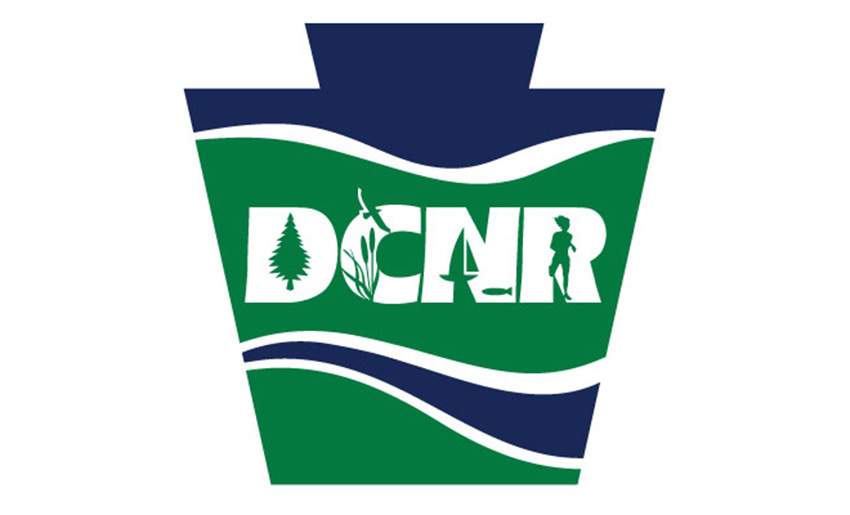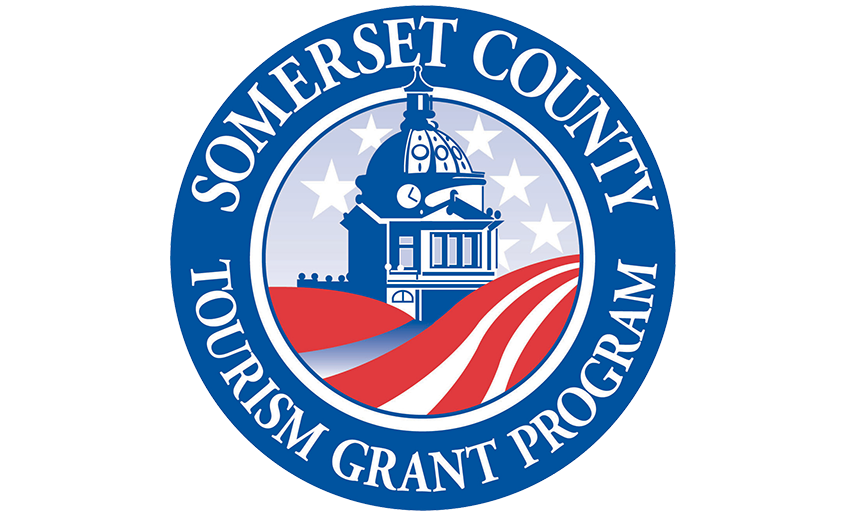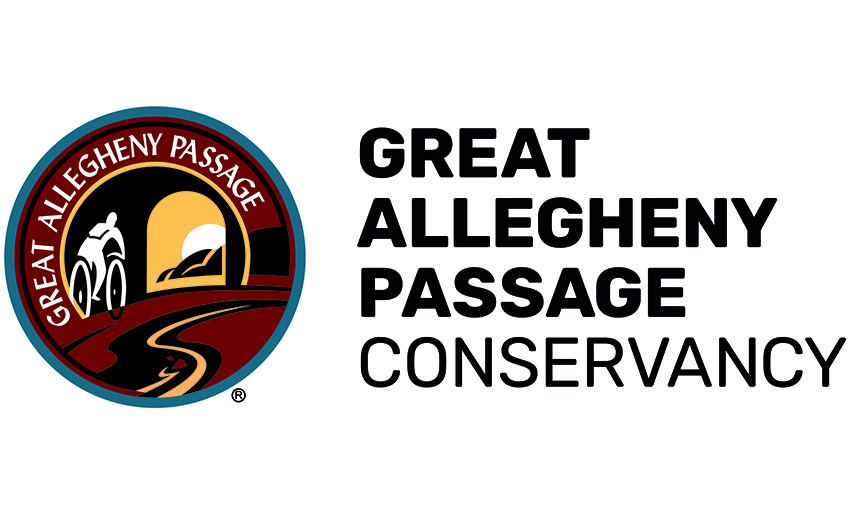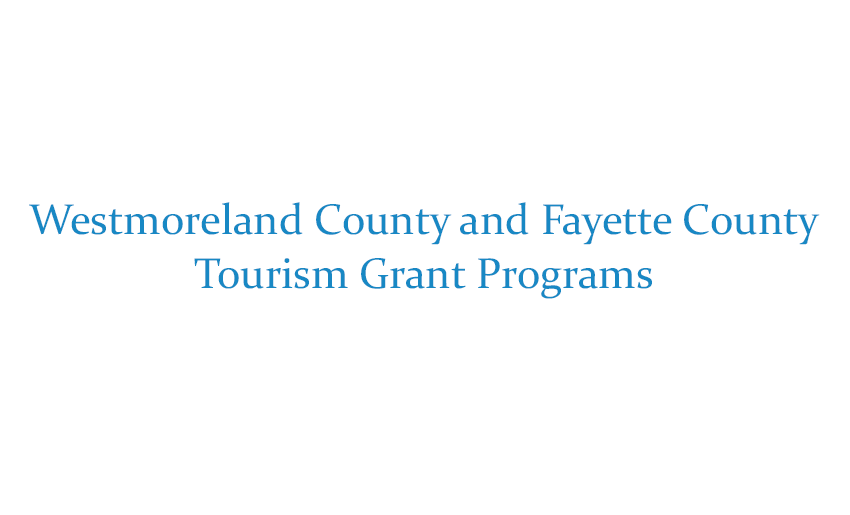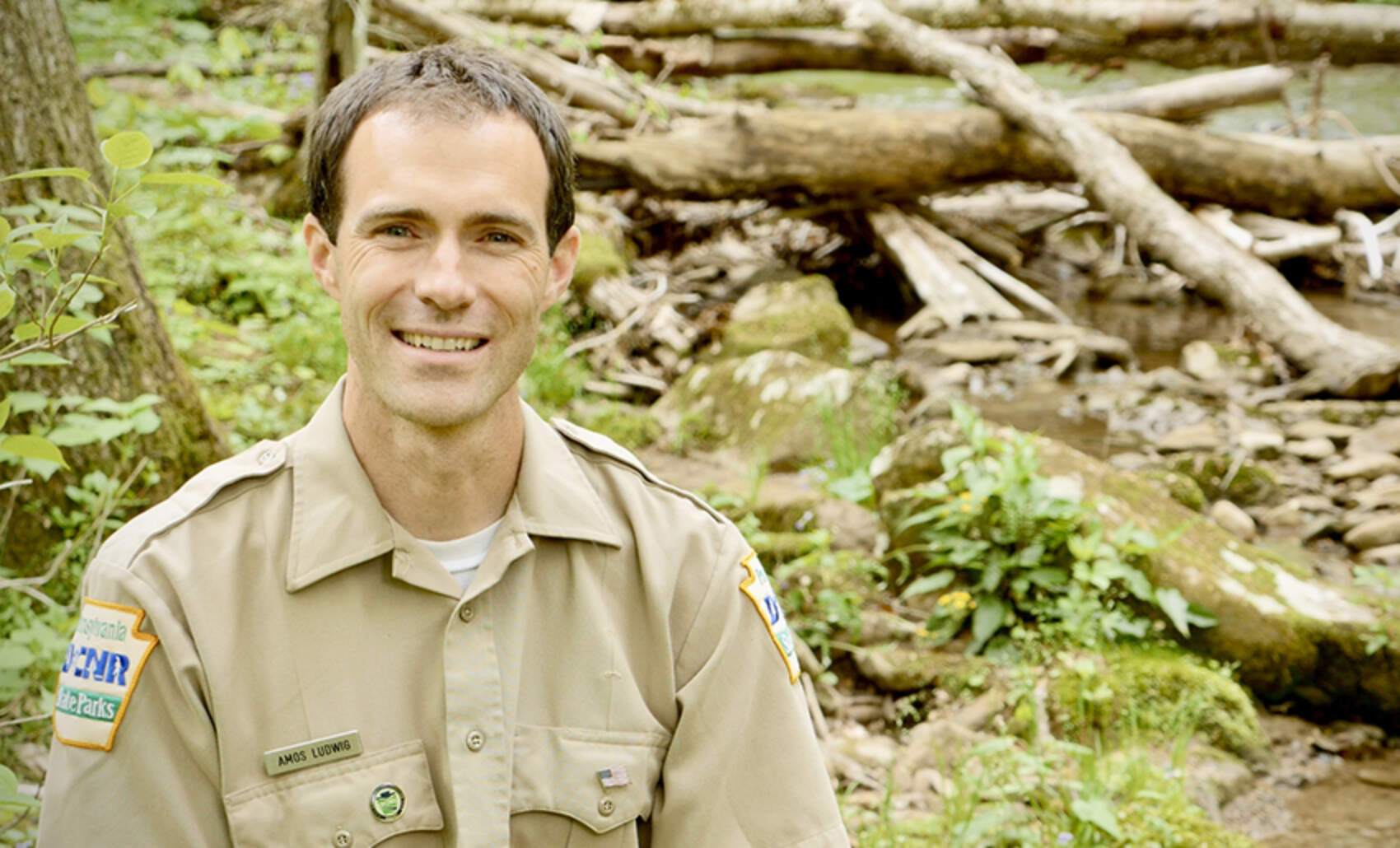“Every engagement or encounter that we have with the public is an opportunity to connect them to this place. It’s in our mission statement to conserve this place not just for us but for future generations. I want my kids to be able to come here and do the same things I’m doing. So stewardship may be the most important part of what we do.”
“I’ve been developing a relationship with this place my whole life. The Youghiogheny River runs through my veins. It’s a feeling I get when I’m around the river. I don’t know how to say this without sounding cheesy, but I really feel like the river is part of me, like another appendage. When I’m on the river it invigorates me. It makes me laugh. I can’t get enough of it. It feels like home.
“I was one of those ‘free range’ kids, my brother and I were never inside. We were playing in the woods, building forts and all that imaginary play that kids do.
“Several times a summer we’d come to Ohiopyle State Park to camp, hike, go rafting, mountain biking and eventually a little white-water kayaking. At that point I wasn’t thinking: ‘Hey, I want to work here someday.’ I wasn’t thinking about that at all.
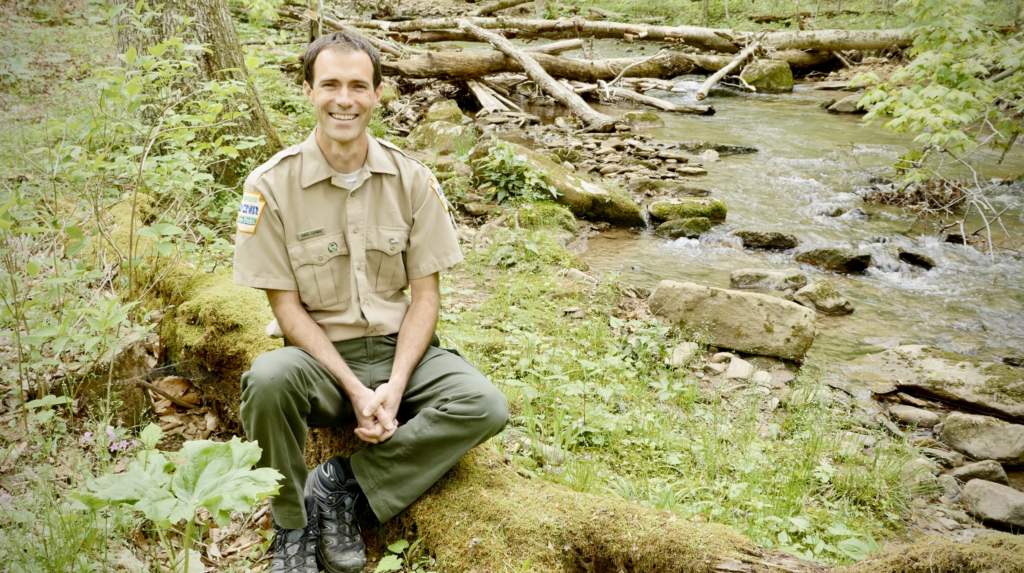
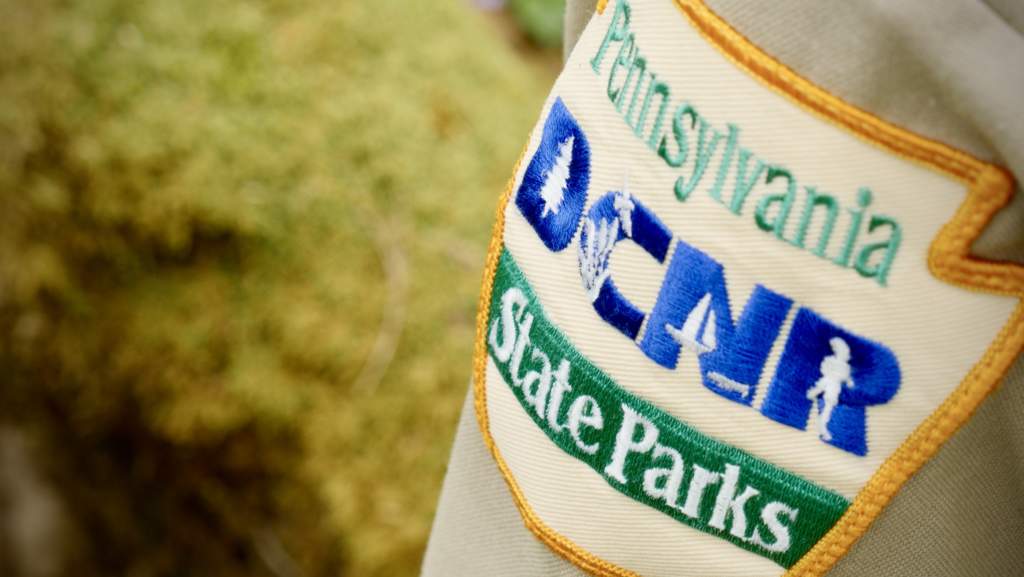
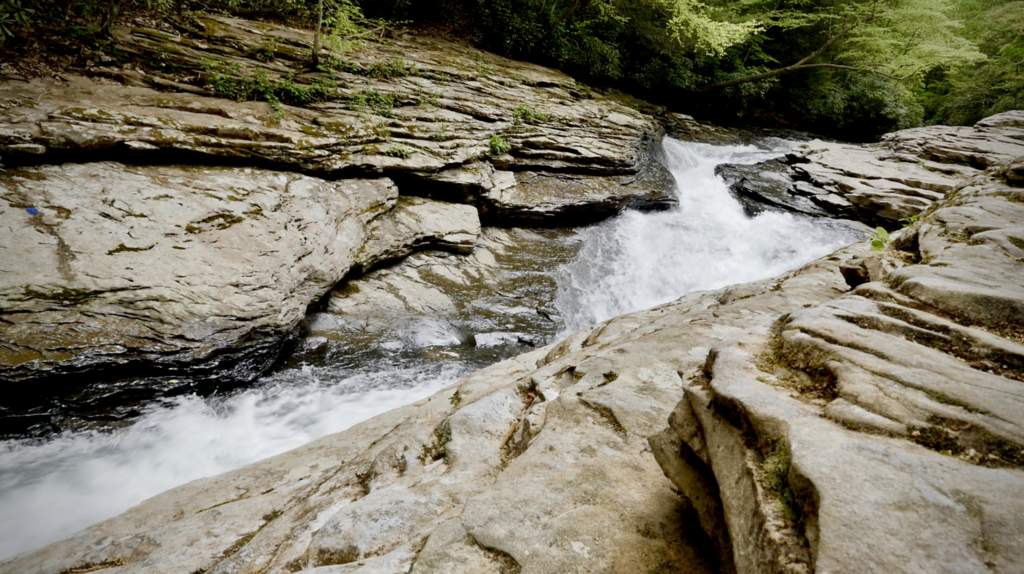

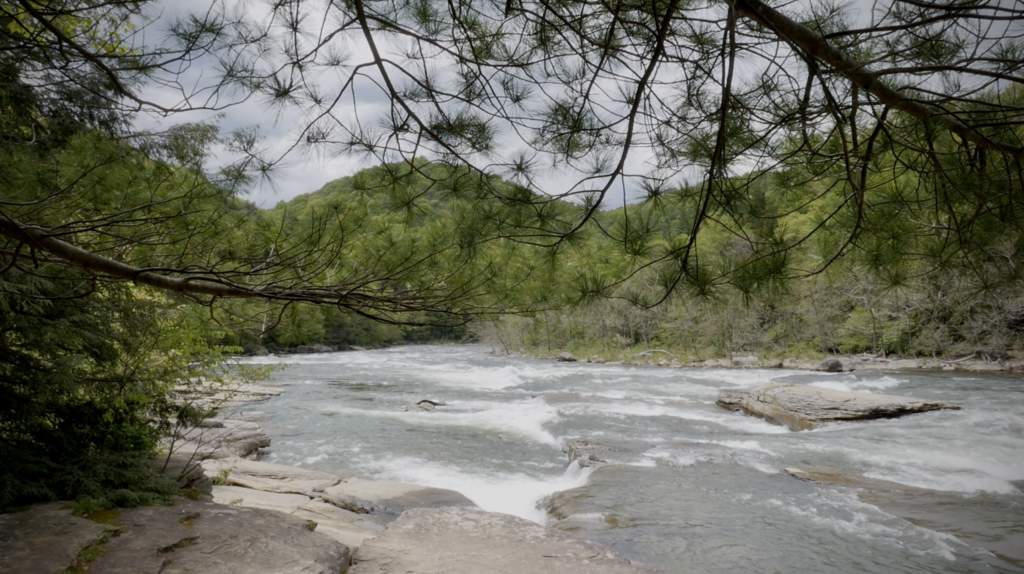
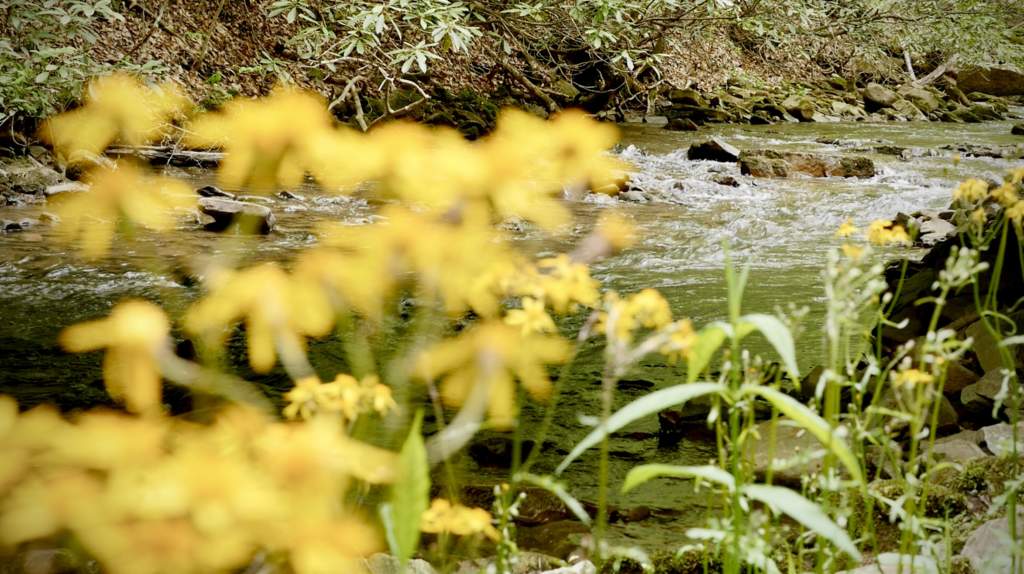
“Since working here I’ve come to realize this is a very special and diverse place. There’s so much to be seen and experienced. There’s 75 rare and endangered plants and animals. This is the only place in Pennsylvania where Marshallia Flora is found. River otter have been reintroduced. We have hellbenders, which are fascinatingly cool and hideous looking, all at the same time, that are living on the balance. A change in pH or some kind of chemical, ‘oops’ and those amphibians are the first to feel the pain of environmental pollution. It’s a system that’s vulnerable. I feel driven to protect it. And that’s where I get most of my drive. It’s almost like protecting my own home.
“As interpretive naturalists here at the park, we want everybody to appreciate this place in the same way we do. Every engagement or encounter that we have with the public is an opportunity to connect them to this place. It’s in our mission statement to conserve this place not just for us but for future generations. I want my kids to be able to come here and do the same things I’m doing. So stewardship may be the most important part of what we do.
“We’ve had kids from inner city schools come here on field trips and it blows their minds. I ran into a young girl that was on one of our field trips. She was at Ohiopyle Falls and saw me walk by and said: ‘Hey, I had so much fun here. I came back with my whole family!’
“Two summers ago I rafted for the first time with my son on the river. Two days prior I was involved in extracting a fatality downstream of the rapids and I felt like: ‘I don’t want to go on the river. I need to be away from this place for a little bit.’ But my family said: ‘It’s beautiful! It’s sunny!’ The kids really wanted to be outside. We were hanging out at Swimmers Rapid when my son said: ‘Dad, look! There’s a hellbender!’ And I’d never seen a hellbender before. I had seen one in an aquarium and one at the zoo, but I’d never seen one out in the wild. I thought he was joking and messing with me. I’m thinking: ‘Yeah, sure buddy. A hellbender. And Bigfoot’s around the corner.’ Sure enough, there it was, hanging out in a pool between two rocks, and we got to experience looking at it up-close. That was so refreshing after having the horrible river incident. It was like the river was saying: ‘See! You know, I love you. Here we are.’ Now my son is writing his first science report on hellbenders for school.”
This content was created by Anita Harnish for the Great Allegheny Passage Conservancy and financed through grants from the Pennsylvania Department of Conservation and Natural Resources’ Bureau of Recreation and Conservation, through its Community Conservation Partnerships Program and Environmental Stewardship Fund, administered by Rivers of Steel Heritage Area and Pennsylvania Environmental Council’s Laurel Highlands Mini Grant Program; through funding via the Westmoreland, Fayette, and Somerset County Tourism Grant Programs; and with funds made available by the Great Allegheny Passage Conservancy.
